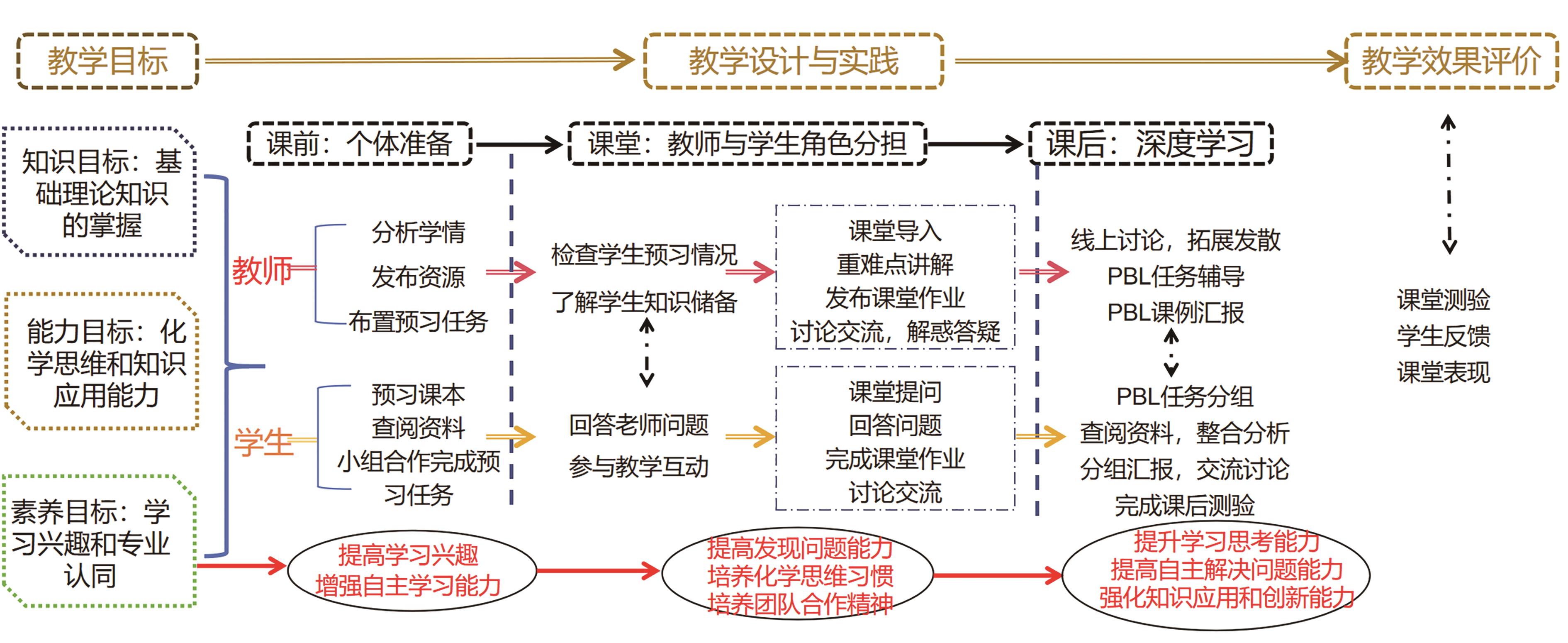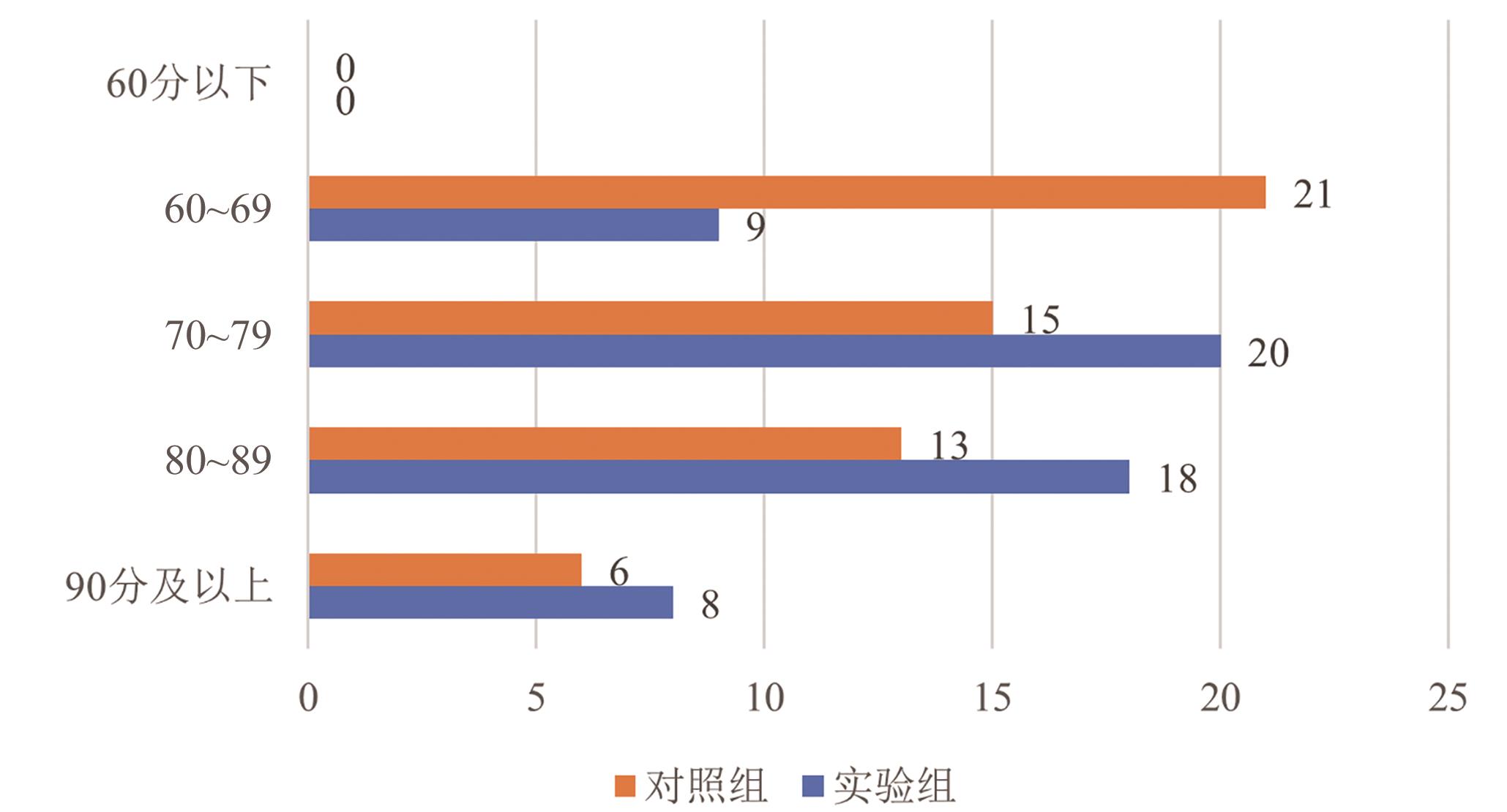| [1] |
Jing WANG, Xi-Lan LI, Xiu-Fen GUO.
Preparation and Photocatalytic Properties of Niobium Pentoxide Photocatalyst
[J]. Chinese Journal of Applied Chemistry, 2024, 41(3): 415-421.
|
| [2] |
Yan-Jun ZHANG, Yu YANG, Li-An HOU.
MoS2 and Its Modified Membranes for Heavy Metals and Radionuclides Removal from Water
[J]. Chinese Journal of Applied Chemistry, 2024, 41(2): 230-242.
|
| [3] |
Quan-Bing REN, Ming ZHONG, Bo ZHENG, Lan FENG, Nan DING, Dong-Ming YIN, Yong CHENG, Li-Min WANG.
Research Progress on Rare Earth Element Modified V-Based Solid Solution Hydrogen Storage Alloys
[J]. Chinese Journal of Applied Chemistry, 2023, 40(12): 1601-1612.
|
| [4] |
Zheng-Ce AN, Li-Ping WANG, Bo ZHOU.
White-Light Upconversion and Application of Er3+/Tm3+ Co-Doped Ytterbium-Based Nanoparticles
[J]. Chinese Journal of Applied Chemistry, 2023, 40(12): 1623-1629.
|
| [5] |
Si-Yang XING, Fei YU, Jie MA.
Research Progress in Design and Application of Transition Metal Electrode for Capacitive Deionization
[J]. Chinese Journal of Applied Chemistry, 2023, 40(9): 1215-1232.
|
| [6] |
Ying-Hua GUO, Shun-Fa ZHOU, Jing LI, Wei-Wei CAI.
Research Progress in Regulation Strategy of Transition Metal Phosphate Catalyst for Electrochemical Water Splitting
[J]. Chinese Journal of Applied Chemistry, 2023, 40(8): 1094-1108.
|
| [7] |
Jian-Hua ZHENG, Zhen-Ping GUAN, Guo-Yu LIU, Xiang-Yu CAO, Shun-Ji ZHENG, Mei-Yan GUAN.
Enhanced Photodegradation Performance of Flower-like MnCo2O4 with Persulfate Under Visible Light
[J]. Chinese Journal of Applied Chemistry, 2023, 40(7): 1034-1043.
|
| [8] |
Wen-Wen MA, Tong-Yang LI, Hua-Guo TANG, Zhu-Hui QIAO.
MXenes Etching Method and Dispersion in Organic Solvents
[J]. Chinese Journal of Applied Chemistry, 2023, 40(7): 1044-1053.
|
| [9] |
Hai-Xiang XIU, Wan-Qiang LIU, Dong-Ming YIN, Yong CHENG, Chun-Li WANG, Li-Min WANG.
Research Progress of AB2 Laves Phase Hydrogen Storage Alloys
[J]. Chinese Journal of Applied Chemistry, 2023, 40(5): 640-652.
|
| [10] |
Peng BU, Hong-Liang LI.
Preparation and Upconversion Luminescence Study of Rare Earth Yb3+/Tm3+ Doped NaGd(MO4)2 Phosphors
[J]. Chinese Journal of Applied Chemistry, 2023, 40(3): 374-379.
|
| [11] |
Li-Yan CHEN, Zi-Ming ZHAO, Jin-Qi TAO, Yu-Zhen ZHANG, Gang CHENG, Yun-Jun SHEN.
Synthesis of Mono- and Binuclear Disulfur-Chelated Organoplatinum(Ⅱ) Complexes and Its OLEDs Application
[J]. Chinese Journal of Applied Chemistry, 2023, 40(2): 236-244.
|
| [12] |
Jin-Jian LIU, Na LIU, Feng-Yi YANG.
Synthesis and Photochromic Properties of Two Isostructural Viologen Coordination Polymers
[J]. Chinese Journal of Applied Chemistry, 2023, 40(2): 245-251.
|
| [13] |
Li-Jun WU, Shou-Jie GUO, Chao ZHANG, Zhi-Sheng LI, Wei-Cong LI, Chang-Chun YANG.
In⁃situ Electrochemical Preparation of Li⁃Na Alloy and the Co⁃storage of Li+ and Na+ Ions
[J]. Chinese Journal of Applied Chemistry, 2022, 39(11): 1757-1765.
|
| [14] |
Zi-Ang WANG, Li-Xing CAO, Pan SHAO, Meng-Yu ZHU, En-Ning LIU, Shuang LIANG, Yang XING, Ling DI, Zhan-Xu YANG.
Detection and Theoretical Study of Fukui Function of Nitroaromatics by Carbazole‑Based Iridium(Ⅲ) Phosphorescent Probe
[J]. Chinese Journal of Applied Chemistry, 2022, 39(10): 1617-1626.
|
| [15] |
Yun-Long TANG.
Construction of Novel Ferroelectric Polarization Topologies and Their Atomic‑Scale Properties
[J]. Chinese Journal of Applied Chemistry, 2022, 39(8): 1319-1320.
|





